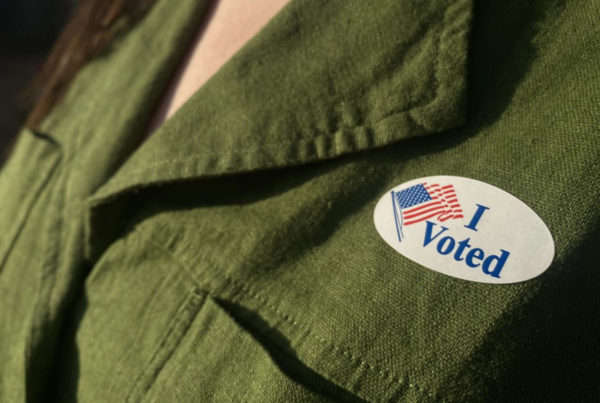The national housing shortage is bad: more than 5 million homes, by some estimates. And it’s expected to get worse before it gets better.
There’s a widely held belief that because of that shortage, housing prices won’t collapse as much as they might have given rising interest rates and a recession – but Austin may turn out to be a test case for that narrative.
The Texas capital city has been one of the biggest real-estate boomtowns in recent years, where, in the not-too-distant past, houses were bought up in a matter of days or weeks. Now, homes are staying on the market longer, and the number of listings are at their highest since 2011.
Columnist Jonathan Levin wrote about the phenomenon for Bloomberg Opinion and joined the Texas Standard to share more. Listen to the interview above or read the transcript below.
This transcript has been edited lightly for clarity:
Texas Standard: Is it correct that Austin could prove to be a test case for the idea that housing prices won’t come tumbling down?
Jonathan Levin: Yeah, that’s exactly right. When you talk to some of the optimists in the real estate market, they will say that although nationally transaction volumes have really collapsed in recent months as a result of these skyrocketing mortgage rates, housing prices are really a function of both supply and demand. And because supply has been so extraordinarily low and because the incentives for homeowners to put their homes on the market at this point are so low, there’s been this sense that home prices really can’t fall off a cliff in this environment.
And what I found fascinating was that when I looked at Austin, I realized that here’s a laboratory where this is clearly not the case. In fact, in recent months, we have seen new listings just simply start to skyrocket to levels that we really haven’t seen in many, many years in the Texas capital.
Why do you think that’s happening? And is Austin somehow an anomaly, or do you think this is reflective of what’s happening nationwide?
Well, I do think, you know, you have to take it as a cautionary tale because people are out there saying that this simply can’t happen. Here is an example of it happening. On the other hand, I do think that there are some special dynamics going on in Austin. As we all know, it saw one of the most extraordinary run-ups in home prices during the pandemic. There was a lot of this sense that out-of-state migrants were coming to Austin. And home prices just absolutely shot up. You know, you’re talking about home values increasing to the tune of 75%.
Home prices were up everywhere, but Austin was really something special. It really stands out among the hundred biggest metropolitan areas. And so part of what I think is going on is, you know, people are looking at this market, they’re nervous about where it is going, and they’re saying, “gosh, I made a ton of money here; my home equity really skyrocketed. I’ve got to get out and lock in my profits.”
I know this is somewhat beyond the scope of what you’re talking about here – but what does this mean for the many people who are still looking for that home to call their own? How do you read the tea leaves?
I think it’s extraordinarily difficult for anybody who’s trying to get into a first home, a starter home, in this environment. I mean, not only are we talking, as we said at the outset, about home values that went up 75% in a place like Austin; call it, you know, 35% nationally. You have mortgage rates that have gone to 7% from around 3% at the end of 2021. I think a lot of people are just simply frozen out of the market. And that’s why a lot of people – the bears in the market, I would call them – think that something has to give. The math just doesn’t add up; buyers cannot afford to transact at these levels.
Do you see any change on the horizon?
You know, I think that’s the big question. We’re at this point where the sellers, at least nationally speaking, they don’t want to give in. The buyers can’t transact. I wouldn’t be shocked if you saw prices sort of return to trend. And that doesn’t mean that home prices need to fall, you know, 35% nationally and give back all of the gains that we saw during this extraordinary run-up during the pandemic. But it means that you could see prices potentially fall 10%, 15%, 20%, which would bring you back to the trend line of home price appreciation that we would have seen had we extended the normal pattern that was going on before these unusual pandemic times.














